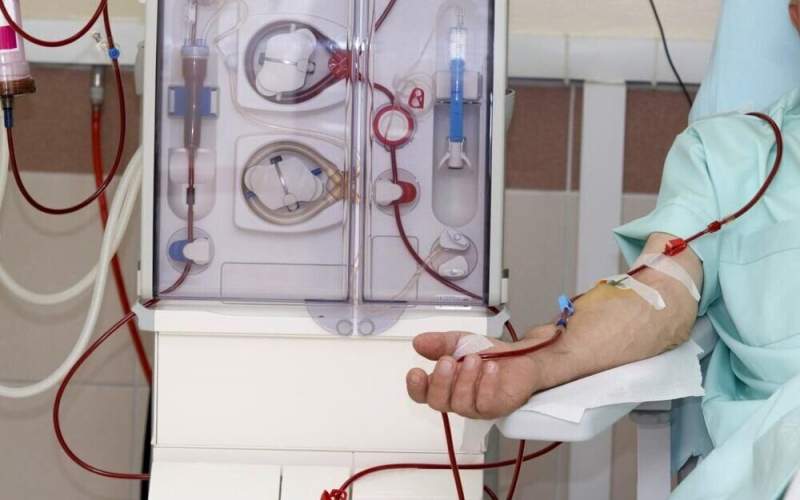The Iran Project
: An Iranian knowledge-based company has managed to export hemodialysis machines to four countries namely Afghanistan, Syria, Iraq, and Indonesia.
Wednesday 7 February 2024 - 00:08
Story Code : 414589
Source : Tehran Times
Iran exporting hemodialysis machines to four countries
Inside, it consists of more plastic tubing that carries the removed blood to the dialyzer, a bundle of hollow fibers that forms a semipermeable membrane for filtering out impurities. In the dialyzer, blood is diffused with a saline solution called dialysate, and the dialysate is in turn diffused with blood. When the filtration process is complete, the cleansed blood is returned to the patient.
Most patients who undergo dialysis because of kidney impairment or failure use a dialysis machine at a dialysis clinic. Also, a machine called a peritoneal dialysis machine can be used chronically at home for dialysis, which eliminates the need for regular hemodialysis clinic treatments. Using this machine during the day and frequently during sleep, the patient can control his/her own dialysis.
Facing severe challenges due to the intensification of international sanctions on medical equipment, especially hemodialysis machines, in 2013, a knowledge-based company decided to take steps to meet the needs of the country's dialysis patients and contribute to reducing the pain of 30,000 dialysis patients in the country, ISNA reported.
Currently, a total of 1,000 domestically-made hemodialysis machines are serving patients in 260 public and private centers.
Iran exported the first shipment of hemodialysis machines to Afghanistan. The hemodialysis machines have also been exported to Syria, Iraq, and Indonesia.
Iran among 5 producers of hemodialysis machines
Just a few countries have attained the knowledge and technology for manufacturing hemodialysis machines. The United States of America, Germany, Sweden, Japan, Italy, and Iran are the five manufacturers of the systems.
In practice, developing and increasing the capacity of dialysis beds and consumables required for dialysis treatment is dependent on the supply of equipment, materials, and technical support by companies located in these advanced countries and it could be expensive and require relatively high foreign exchange resources.
As mentioned above, due to the importance of Hemodialysis and the increase in the number of kidney-related diseases that could lead to malfunction and because of demand to increase life standards of related patients, a group of Iranian researchers decided to establish a company for this purpose in 2013.
The company invested in the design and fabrication of a hemodialysis machine and tried to compensate for these shortages as best as they could and finally managed to localize this valuable technology in Iran.
The company registered its own brand and promoted Iran as the fifth country in the world that produces hemodialysis machines.
The utilization license was granted by Iran’s Ministry of Industry, Mine and Trade in July 2017. The company has the capacity and permit to produce one thousand hemodialysis machines per year.
Reporter : Editorial of The Iran Project
# Tags











